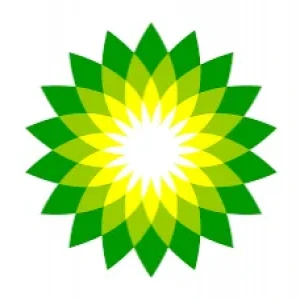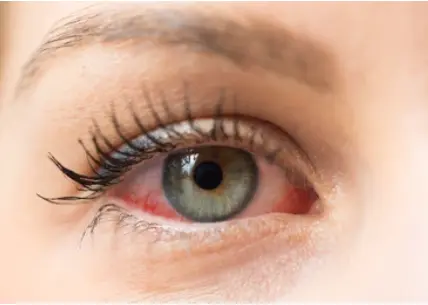 Welcome
Welcome
“May all be happy, may all be healed, may all be at peace and may no one ever suffer."
Pyoderma - Generics
Pyoderma is a bacterial skin infection that involves pus formation. It can affect any part of the body and is caused by a variety of bacteria, including Staphylococcus aureus and Streptococcus pyogenes.
The symptoms of pyoderma can include redness, swelling, and pus-filled blisters or sores on the skin. It can also cause itching, pain, and fever in some cases. Pyoderma can be classified into different types based on the location and severity of the infection.
Treatment for pyoderma typically involves antibiotics to control the bacterial infection. The choice of antibiotics depends on the severity and type of infection. Topical antibiotics such as mupirocin can be used for mild infections, while oral antibiotics such as penicillin, cephalosporin, or macrolides may be used for more severe infections.
Good hygiene practices, such as keeping the affected area clean and dry, can also help prevent and manage pyoderma. In severe cases, surgical drainage of the infected area may be necessary to remove the pus and relieve pressure.
Pyoderma can occur in people of all ages and can be more common in individuals with weakened immune systems, such as those with diabetes or HIV. It is important to seek medical attention if you suspect you have pyoderma or any other skin infection, as early diagnosis and treatment can prevent complications and promote faster healing.

Myositis. Post-op conditi...

Cough and common cold

Acute solar dermatitis

Non-ulcer dyspepsia

Oral contraceptives

Cuts

Homozygous familial sitos...

Vitamin B and Zinc defici...
Pyoderma, পাইওডার্মা
To be happy, beautiful, healthy, wealthy, hale and long-lived stay with DM3S.